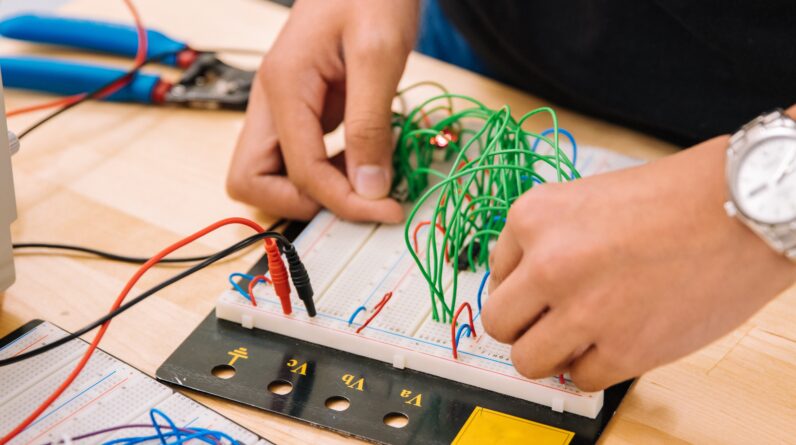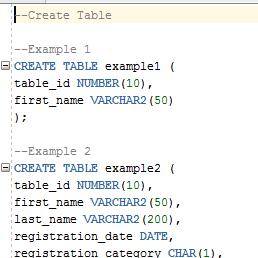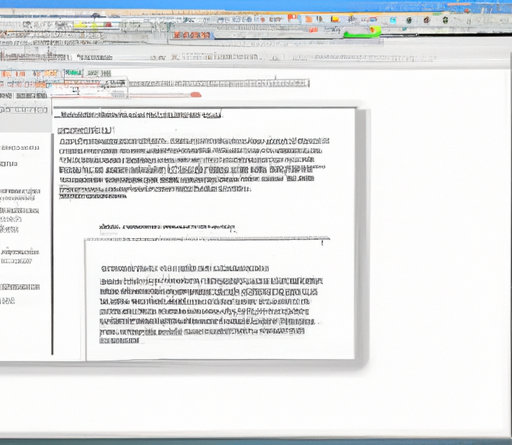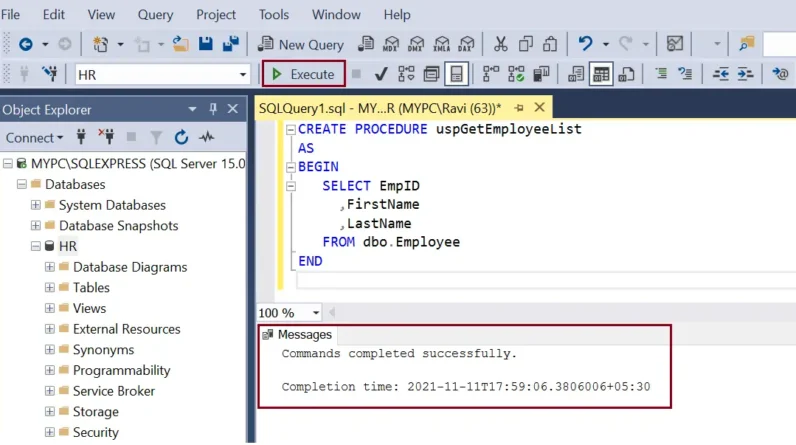
Have you ever wanted to capture something on your device’s screen? Maybe it’s a funny meme or an important conversation you want to save. Well, today I’m here to teach you how to take a screenshot on different devices. Whether you’re using a smartphone, tablet, or computer, I’ve got you covered.
Let’s start with smartphones. On most smartphones, all you need to do is press the power button and the volume down button at the same time. You’ll hear a satisfying click, and know that your screenshot has been successfully taken. But don’t worry if your phone is a bit different, I’ll go into more detail in the article.
Now, let’s move on to tablets. Taking a screenshot on a tablet is usually quite similar to taking one on a smartphone. You’ll usually just need to press the power button and the volume down button simultaneously. However, there may be some variations depending on the make and model of your tablet. Rest assured, I’ll cover all the details in the article.
Finally, if you’re using a computer, taking a screenshot can be a little different. But don’t worry, it’s still easy to do. On a Windows computer, you can simply press the “Print Screen” button on your keyboard. If you’re using a Mac, you’ll want to press “Command + Shift + 3” for a full screenshot or “Command + Shift + 4” for a partial screenshot. I’ll explain all the different options in more detail in the article.
So, if you’re ready to become a screenshot pro, keep reading! I’ll break down the steps for each device, so you can confidently capture anything you want on your screen.
Table of Contents
How to Take a Screenshot on Different Devices
What is a Screenshot?
A screenshot is a captured image of the current display on your device’s screen. It allows you to capture and save a visual representation of what is being shown on your screen at a specific moment in time. Screenshots are commonly used for various purposes, such as capturing moments in games, saving important information, or sharing visual content with others.
Definition
A screenshot, also known as a screen capture or print screen, refers to the act of capturing a still image of the current screen on a device, including computers, mobile devices, tablets, smart TVs, gaming consoles, and wearable devices. It provides a convenient way to preserve and share information displayed on your screen without the need for external devices.
Importance
Screenshots are valuable tools for various reasons. They allow you to easily capture and share information, troubleshoot technical issues, document important data, or simply capture memorable moments. Screenshots have become an integral part of our digital lives, helping us communicate and share information effectively in both personal and professional settings.
Types of Screenshots
There are several types of screenshots that you can take depending on your needs and the device you are using. The three most common types are:
Full-Screen Screenshot
A full-screen screenshot captures the entire screen of your device, including all open windows and applications. It is useful when you want to capture the entire contents of your screen, such as a webpage, document, or a game. This type of screenshot helps you preserve the layout and context of the captured content.
Partial Screenshot
A partial screenshot allows you to capture a specific area or portion of the screen. It is useful when you only need to capture a particular section of the screen, such as an error message, a specific image, or a portion of a webpage. This type of screenshot helps you focus on the desired content while excluding unnecessary elements.
Scrolling Screenshot
A scrolling screenshot captures an entire webpage or document that extends beyond the visible portion of the screen. It automatically scrolls through the entire content and captures it as a single image. This type of screenshot is especially handy for capturing long web pages, articles, conversations, or any content that requires scrolling to view in its entirety.

Taking Screenshots on Computers
Taking screenshots on computers varies depending on the operating system you are using. Here are the methods for different operating systems:
Windows OS
- To capture the entire screen, press the
Print Screen(PrtScn) key on your keyboard. The screenshot will be saved to your clipboard. - To capture a specific window, press
Alt + Print Screen. The screenshot will be saved to your clipboard. - To capture a selected portion of the screen, press
Windows Key + Shift + S. The screenshot will be saved to your clipboard, and you can paste it into an image editing software or document.
Mac OS
- To capture the entire screen, press
Command + Shift + 3. The screenshot will be saved as a PNG file on your desktop. - To capture a specific window, press
Command + Shift + 4, then press theSpacebar. The cursor will change to a camera icon, and you can click on the window you want to capture. The screenshot will be saved as a PNG file on your desktop. - To capture a selected portion of the screen, press
Command + Shift + 4. Use your mouse to draw a rectangle around the area you want to capture. The screenshot will be saved as a PNG file on your desktop.
Linux OS
- To capture the entire screen, use the
Print Screenkey on your keyboard. The screenshot will be saved to your Pictures folder. - To capture a specific window, press
Alt + Print Screen. The screenshot will be saved to your Pictures folder. - To capture a selected portion of the screen, use the
gnome-screenshottool or a similar tool provided by your Linux distribution.
Chrome OS
- To capture the entire screen, press
Ctrl + Show Windows(F5) on your Chromebook’s keyboard. The screenshot will be saved to your Downloads folder. - To capture a specific window, press
Ctrl + Shift + Show Windows(F5). The cursor will change to a camera icon, and you can click on the window you want to capture. The screenshot will be saved to your Downloads folder. - To capture a selected portion of the screen, press
Ctrl + Shift + Show Windows(F5). Use your mouse to draw a rectangle around the area you want to capture. The screenshot will be saved to your Downloads folder.
Taking Screenshots on Mobile Devices
Taking screenshots on mobile devices is a useful feature that allows you to capture and save important information or moments. Here are the methods for taking screenshots on iOS and Android devices:
iOS
- To capture a screenshot on an iPhone or iPad with Face ID, simultaneously press the
Side buttonandVolume Upbutton. The screenshot will be saved to your Photos app. - To capture a screenshot on an iPhone or iPad with a Home button, simultaneously press the
Top buttonorSide buttonand theHome button. The screenshot will be saved to your Photos app.
Android
- Different Android devices have slightly different methods for taking screenshots, but the most common methods are:
- Pressing and holding the
PowerandVolume Downbuttons simultaneously until you see a screenshot animation or hear a shutter sound. - Swiping down from the top of the screen to access the notification panel, then tapping the
Screenshotbutton.
- Pressing and holding the

Taking Screenshots on Tablets
Tablets often have similar methods for taking screenshots as their respective mobile operating systems. Here are the methods for taking screenshots on iPad and Android tablets:
iPad
- To capture a screenshot on an iPad, follow the same methods as mentioned for iOS devices.
Android Tablets
- For Android tablets, follow the same methods as mentioned for Android devices.
Taking Screenshots on Smart TVs
Taking screenshots on smart TVs allows you to capture and save moments while watching your favorite shows or playing games. Here are the methods for taking screenshots on Samsung, LG, and Sony smart TVs:
Samsung Smart TVs
- To capture a screenshot on a Samsung smart TV, press the
Home button, navigate to the desired content, and press theRecordorScreen Capturebutton on the remote control. The screenshot will be saved to a connected USB drive.
LG Smart TVs
- To capture a screenshot on an LG smart TV, press the
Home button, navigate to the desired content, and press theRecordorScreen Capturebutton on the remote control. The screenshot will be saved to a connected USB drive.
Sony Smart TVs
- To capture a screenshot on a Sony smart TV, press the
Action menuorOptionsbutton on the remote control during playback or while on the desired content. Select the screenshot option, and it will be saved to a connected USB drive.
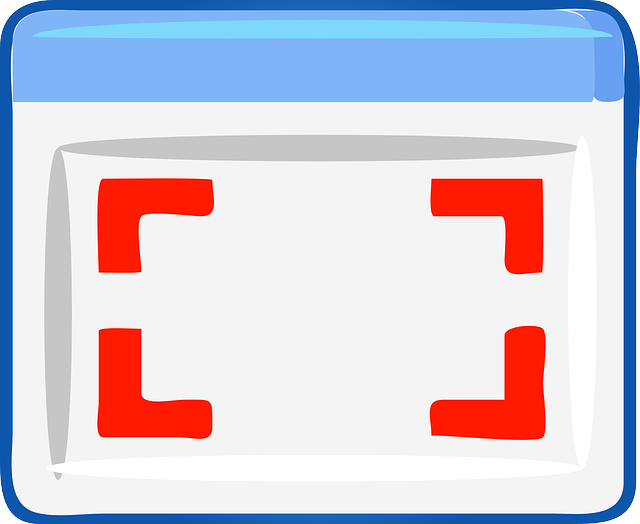
Taking Screenshots on Gaming Consoles
Gaming consoles often provide specific methods for taking screenshots while playing games. Here are the methods for taking screenshots on popular gaming consoles:
PlayStation
- To capture a screenshot on a PlayStation console, press the
Share buttonon your controller. The screenshot will be saved to your console’s storage or can be shared directly.
Xbox
- To capture a screenshot on an Xbox console, press the
Guide buttonon your controller, highlight the screenshot option, and pressA. The screenshot will be saved to your console’s storage or can be shared directly.
Nintendo Switch
- To capture a screenshot on a Nintendo Switch, press the
Capture buttonon your controller. The screenshot will be saved to your console’s storage or can be shared directly.
Taking Screenshots on Wearable Devices
Although the screen size on wearable devices is much smaller, they often have the capability to capture screenshots. Here are the methods for taking screenshots on popular wearable devices:
Apple Watch
- To capture a screenshot on an Apple Watch, simultaneously press the
Digital Crownand theSide button. The screenshot will be saved to your iPhone’s Photos app.
Samsung Galaxy Watch
- To capture a screenshot on a Samsung Galaxy Watch, simultaneously press the
Home buttonand theBack button. The screenshot will be saved to your paired Samsung device.
Fitbit Versa
- To capture a screenshot on a Fitbit Versa, press and hold the
Back buttonand theSelect buttonsimultaneously until the screen flashes. The screenshot will be saved to your Fitbit app.
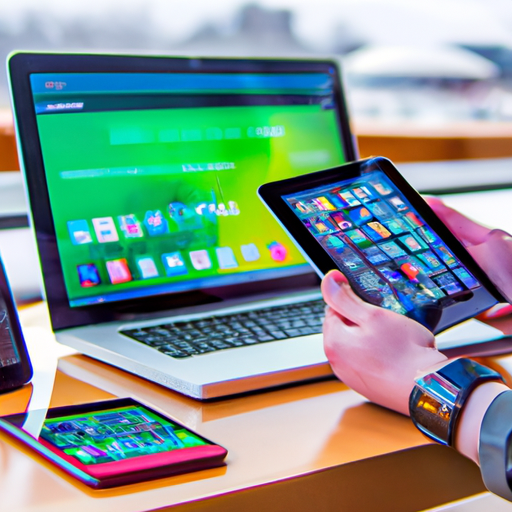
Sharing and Editing Screenshots
Once you have taken a screenshot, you may need to share or edit it before utilizing it further. Here are some common methods for sharing and editing screenshots:
Methods of Sharing
- Most devices provide options to share screenshots directly from the screenshot interface. You can choose to send them via email, messaging apps, social media, or cloud storage services. Additionally, you can transfer them to a computer or other devices using USB or wireless connections.
Built-in Editing Tools
- Many devices offer basic editing tools directly in the screenshot interface. These tools allow you to crop, rotate, annotate, or highlight certain areas in the screenshot. You can make use of these tools to enhance the captured image.
Third-Party Editing Apps
- If you require more advanced editing options, you can explore third-party editing apps available for your specific device. These apps often provide a wide range of editing features, such as adding text, filters, shapes, or even merging multiple screenshots.
Conclusion
Knowing how to take a screenshot on different devices is a valuable skill that can improve your productivity and enhance your digital experience. Whether it’s capturing important information, troubleshooting technical issues, or sharing memorable moments, screenshots are versatile tools that allow you to capture and preserve visual content effortlessly. By following the methods outlined for each device, you can easily master the art of taking screenshots and leverage them to your advantage.



